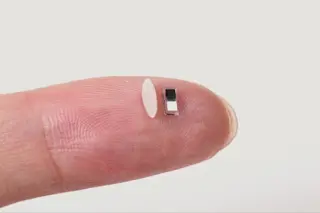At first, it was just Mendel and some pea plants. In the 150 years that followed, matching pairs of chromosomes were labeled, As, Ts Cs and Gs were coupled off and, ultimately, 3 billion base pairs were sequenced in the correct order. By the end of the decade-long global effort known as the Human Genome Project, the genetic blueprint of life was finally sketched out.
Now, a smattering of scientists are joining forces in pursuit of a similarly expansive, multidisciplinary goal: The ability to write and test whole genomes.
In a paper published in the journal Science last Thursday, a group of researchers outlined a technological roadmap toward a future in which synthesizing entire genomes is as commonplace as DNA sequencing is today. The roadmap is part of an initiative called Genome Project-write, which is coordinating the efforts of scientists worldwide to synthesize the DNA of different organisms. And the ...















